Disclosure: This article contains affiliate links. We may earn a commission from purchases at no extra cost to you, which helps our travel content.
Standing at Milano Centrale, that magnificent marriage of fascist monumentalism and Art Deco exuberance, I found myself contemplating the curious paradox of Milan's transit system. Unlike Rome, where chaos seems encoded in the urban DNA, or Venice, where waterways dictate movement, Milan presents itself as Italy's most logically navigable metropolis. Yet beneath this apparent simplicity lies a fascinating network of historical layers, technological innovations, and cultural patterns that reveal the city's unique character. Having spent three months here researching educational approaches to industrial heritage preservation, I've developed an intimate understanding of how Milan's transportation infrastructure not only moves people but tells the story of northern Italy's evolution from medieval commune to modern industrial powerhouse. Whether you're planning your first visit or returning to explore beyond the Duomo and fashion districts, this guide will help you navigate Milan like a seasoned local while uncovering the historical context that makes every journey here an education in itself.
Decoding Milan's Metro: The Backbone of City Navigation
Milan's metro system represents a fascinating example of post-war urban development, with its first line (the red M1) inaugurated in 1964—relatively late compared to other European capitals. This delayed development actually worked in Milan's favor, allowing city planners to learn from earlier systems and implement more efficient designs.
The network consists of four color-coded lines (red M1, green M2, yellow M3, and lilac M5) with a fifth (blue M4) partially operational as of my last visit. The system forms a logical web connecting major landmarks, commercial centers, and transportation hubs. Unlike the labyrinthine metro systems of London or Paris, Milan's underground presents itself with refreshing clarity—stations are well-marked, maps are intuitive, and trains run with remarkable punctuality (a stereotype about Italian timekeeping that doesn't apply in the industrious north).
Purchasing tickets requires navigating the ATM (Azienda Trasporti Milanesi) system. A single urban ticket costs €2.20 and remains valid for 90 minutes, allowing transfers between metro, bus, and tram. For visitors staying multiple days, I highly recommend investing in a contactless travel card, which eliminates the need for paper tickets and streamlines your transit experience considerably.
What fascinates me most about Milan's metro is how archaeological discoveries during excavations have been incorporated into station design. At Duomo station, for example, remnants of the ancient Roman forum are displayed behind glass panels—a perfect example of how Milan layers its modernity atop its ancient foundations rather than erasing them.
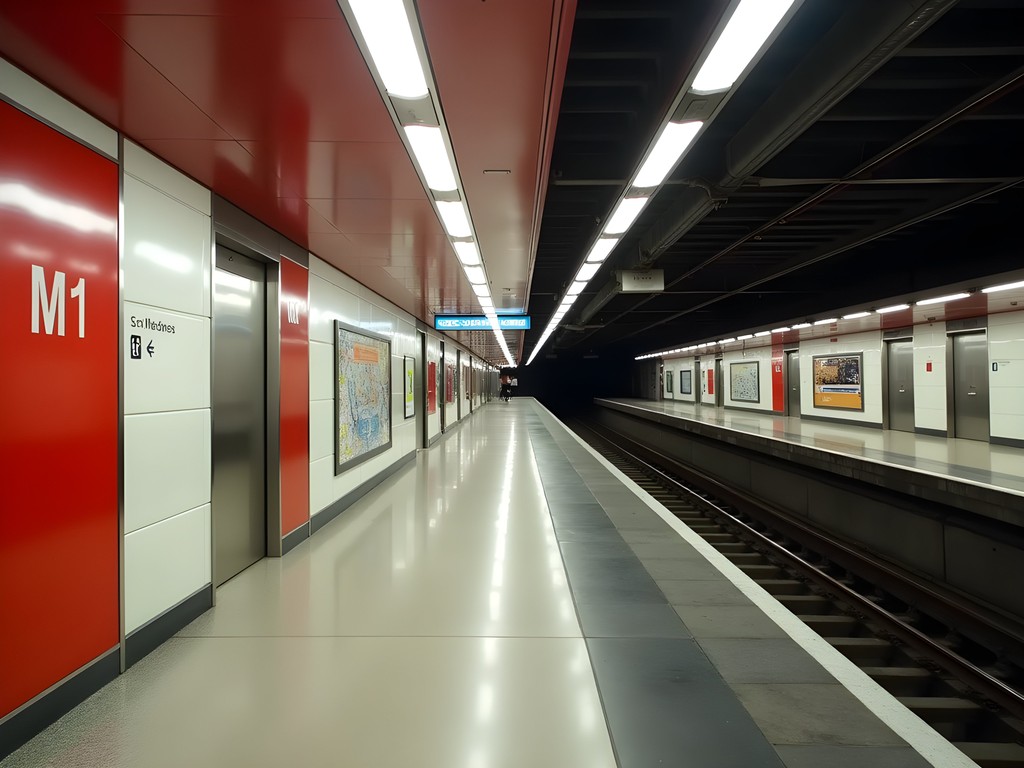
💡 Pro Tips
- Purchase a 24, 48, or 72-hour pass if planning multiple journeys daily—the cost savings are substantial
- Download the official ATM Milano app for real-time updates and route planning
- Metro service ends around midnight on weekdays and 1:30 AM on weekends—note this when planning evening activities
Trams and Buses: Navigating Milan's Surface Transportation
While the metro forms Milan's transportation backbone, the city's historical tram network offers something equally valuable to visitors: context. These iconic orange and yellow vehicles—some dating back to the 1920s—provide not merely transportation but a moving vantage point from which to observe Milan's architectural evolution and social rhythms.
Tram route 1 deserves special mention as an unofficial sightseeing tour. Circling the historic center, it passes numerous landmarks including the Castello Sforzesco, Parco Sempione, and skirts the edges of the fashion district. For approximately €2.20, you'll experience a journey more authentic and comprehensive than many commercial tours costing twenty times as much.
The bus network complements these systems, reaching areas untouched by rail. Particularly useful are the circular lines 94 and 90/91 which orbit the city center and operate 24 hours. For those staying in peripheral neighborhoods or visiting outlying attractions like the Fondazione Prada, these routes prove invaluable.
A practical consideration: Milan's surface transportation can be subject to delays during rush hours (roughly 8-9 AM and 6-7 PM). During these periods, the metro often provides more reliable timekeeping. I learned this lesson while rushing to an early meeting at the Politecnico di Milano—what should have been a simple 15-minute tram ride stretched to nearly 40 minutes in morning traffic.
During my extended stay, I found the digital transit pass indispensable. This contactless card not only covered all public transportation but included discounted museum entries—a substantial value considering Milan's cultural wealth. For families or groups, consider the daily carnet options which provide multiple tickets at reduced rates.1
-
The ATM website (www.atm.it) offers comprehensive information about ticket options in English, though I've found their mobile app more user-friendly for day-to-day planning. ↩
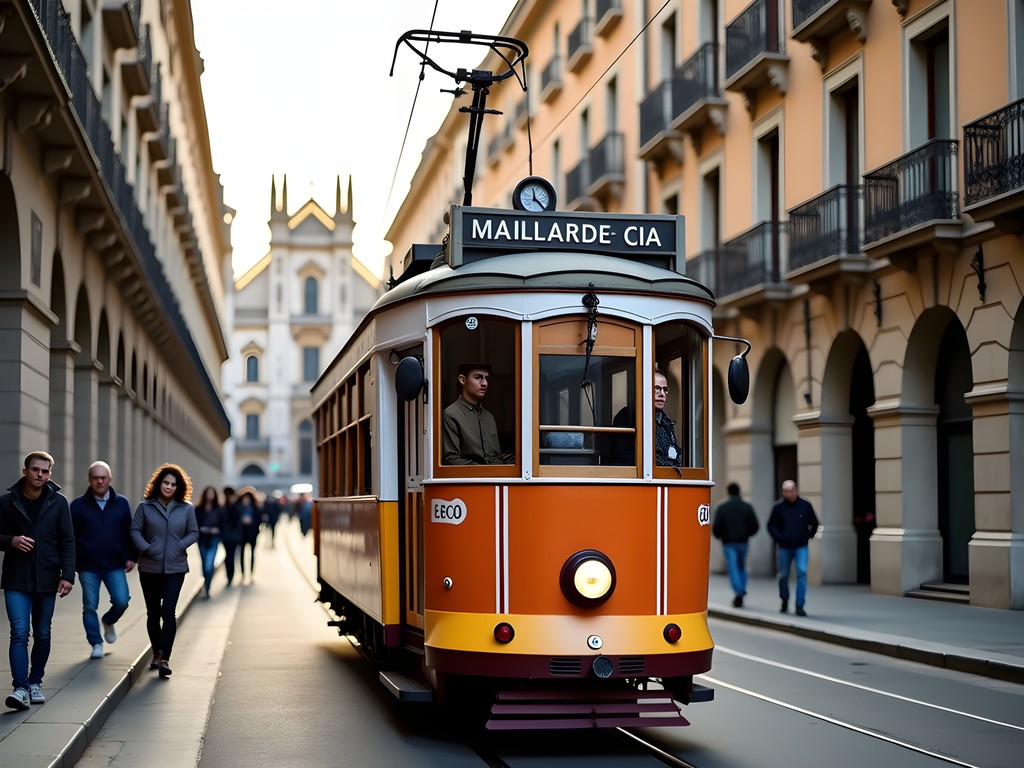
💡 Pro Tips
- Board trams from the front and validate your ticket immediately upon entering
- Signal for stops by pressing the red buttons on poles—buses and newer trams won't stop unless requested
- Keep your validated ticket throughout your journey—random checks occur frequently and fines are substantial
Walking Milan: Curated Routes for Different Interests
Milan reveals itself most intimately to those who explore on foot. The city's relatively compact historic center makes walking not only feasible but preferable for understanding the urban fabric's evolution from Roman grid to medieval warren to Renaissance showcase.
For first-time visitors, I recommend beginning with what I call the "Essential Milan Circuit"—a 3-4 hour walk connecting Castello Sforzesco, Parco Sempione, the Brera district, Teatro alla Scala, Galleria Vittorio Emanuele II, the Duomo, and ending at the Roman columns of San Lorenzo. This route traces Milan's development chronologically while hitting major landmarks.
Those interested in design and architecture should consider my "Modernist Milan" route: starting at Porta Nuova with its contemporary skyscrapers (including the vertical forest of Bosco Verticale), continuing to Repubblica, exploring the rationalist architecture around Milano Centrale station, and finishing at the Villa Necchi Campiglio—a perfect example of 1930s Italian modernism.
For industrial heritage enthusiasts, the Navigli district offers fascinating insights into Milan's historical canal system that once connected the city to lakes and rivers across northern Italy. The evening passeggiata (stroll) along these canals provides both historical context and excellent aperitivo options.
Milan's summer heat can be challenging for extended walks. I've found my collapsible water bottle invaluable—it packs small when empty but holds enough water for several hours of exploration. Milan has excellent public drinking fountains called draghi (dragons) or more colloquially, vedovelle (little widows), offering clean, cold water throughout the city.
For those interested in guided experiences, I recommend bypassing large commercial tours in favor of specialized walks led by local experts. The Politecnico di Milano occasionally offers architectural tours led by faculty members, while organizations like FAI (Fondo Ambiente Italiano) provide access to buildings normally closed to the public during their seasonal open days.

💡 Pro Tips
- Most museums and churches close during midday hours (typically 12:30-3:00 PM)—plan your walking routes accordingly
- Many of Milan's architectural treasures are hidden in courtyards—don't hesitate to enter open doorways during business hours
- Download offline maps as Milan's narrow streets can interfere with GPS signals in the historic center
Day Trips from Milan: Expanding Your Northern Italian Experience
Milan's position at the heart of northern Italy's transportation network makes it an ideal base for exploring the region's remarkable diversity. During my research fellowship, I made it a point to take weekly day trips, each revealing another facet of Lombardy's cultural and geographical richness.
Lake Como, perhaps the most famous excursion from Milan, lies just 30-40 minutes away by train. Rather than following the crowds to Bellagio or Varenna, consider visiting Lecco on the lake's eastern branch. This less touristed town offers equally stunning views but provides greater insight into the lake's industrial heritage alongside its natural beauty. Trains depart regularly from Milano Centrale and Milano Porta Garibaldi, with tickets costing approximately €5-7 each way.
Bergamo, with its perfectly preserved medieval upper town (Città Alta), offers another compelling day trip. The journey takes about an hour by train, but the experience of walking through a virtually intact medieval city—complete with Venetian walls, Renaissance palaces, and Romanesque churches—feels like traversing centuries in minutes. The funicular connecting the lower and upper towns adds both convenience and charm to the visit.
For those interested in industrial archaeology, Crespi d'Adda represents a fascinating UNESCO World Heritage site. This perfectly preserved company town, built for textile workers in the late 19th century, offers remarkable insights into northern Italy's industrial revolution. While reaching it requires more planning (train to Treviglio followed by infrequent buses), the site rewards visitors with an unparalleled glimpse into working-class life during Italy's industrialization.
When planning day trips, I rely heavily on my digital train planner which provides real-time updates on train schedules and platform changes. For regional trains, purchasing tickets through the app eliminates the need to validate paper tickets at station machines—a common source of confusion for visitors.
A practical note regarding day trips: many smaller destinations observe extended midday closures, with shops, museums, and even restaurants shutting between approximately 12:30 and 3:00 PM. Plan your arrivals accordingly, either reaching your destination early or timing your arrival for mid-afternoon when establishments reopen.

💡 Pro Tips
- Purchase round-trip train tickets when possible—smaller stations may have limited ticket facilities
- Regional trains don't require reservations but remember to validate paper tickets before boarding
- Consider weekday trips to popular destinations like Lake Como to avoid weekend crowds
Navigating Special Circumstances: Accessibility, Night Transport & Strikes
Milan presents certain navigational challenges that warrant special attention, particularly for visitors with mobility considerations, those planning late-night activities, or anyone caught in the occasional transportation strike.
Regarding accessibility, Milan offers a mixed picture. The newer metro lines (M5 and partially opened M4) provide full accessibility with elevators and level boarding. However, older lines have variable accessibility—some stations have been retrofitted with elevators while others remain challenging for wheelchair users or those with mobility impairments. The ATM website provides a comprehensive accessibility map, but in my experience, it's worth calling stations directly to confirm elevator functionality, as maintenance issues aren't always promptly updated online.
Buses generally offer better accessibility than trams, with most equipped with low floors and ramps. When planning itineraries for colleagues with mobility considerations, I've found the accessibility guide particularly useful for its practical, no-nonsense assessments of terrain and transportation challenges.
Night transportation requires advance planning. The metro closes around midnight on weekdays (1:30 AM on weekends), after which the night bus network (identified by the letter N before route numbers) takes over. These buses generally follow major arteries but run at reduced frequencies—typically every 30 minutes. For safety and convenience, I recommend ride-sharing services for late-night returns to accommodations in peripheral areas.
Transportation strikes (scioperi) represent a distinctly Italian challenge. These are typically announced several days in advance and follow certain patterns: they generally exclude morning and evening rush hours (by law, services must run from 6-9 AM and 6-9 PM), and essential routes maintain limited service. The ATM website and app provide strike notifications, as does the English-language section of major Italian newspapers like Corriere della Sera.
During my research year, I experienced several transportation strikes. Rather than fighting the situation, I learned to embrace these disruptions as opportunities to explore neighborhoods on foot or discover local businesses I might otherwise have passed by. Some of my most memorable Milan experiences—an impromptu conversation with an artisan bookbinder in Brera, discovering a hidden Renaissance courtyard near Porta Romana—came during these forced detours from my planned itineraries.

💡 Pro Tips
- Download the ATM app for real-time updates on elevator functionality in metro stations
- Program the radio taxi number (+39 02 8585) into your phone as a backup for late nights or strikes
- During strikes, major attractions like the Duomo and Castello Sforzesco remain accessible via limited service routes
Final Thoughts
Milan's transportation system, like the city itself, reveals its character through a blend of efficiency and historical layering. As you navigate its metro tunnels, historic tram lines, and walkable neighborhoods, you're not merely moving through space but through time—experiencing how a medieval trading center evolved into Italy's most forward-looking metropolis. The true joy of exploring Milan comes from these juxtapositions: emerging from an ultramodern metro station to face a 15th-century church, or watching a centuries-old façade reflected in the glass curtain wall of a contemporary structure. I invite you to approach Milan's transportation not merely as a means to an end but as an integral part of your experience—each journey offering its own educational opportunities and unexpected discoveries. As we say in curriculum development, the most effective learning happens when the journey itself becomes the lesson.
✨ Key Takeaways
- Milan's public transportation offers exceptional value with comprehensive coverage and integrated ticketing
- Walking routes through different districts provide crucial historical context that transit alone cannot offer
- Day trips by regional train allow exploration of northern Italy's remarkable diversity without changing accommodations
- Advance planning for special circumstances like accessibility needs, night travel, or transportation strikes ensures smoother experiences
📋 Practical Information
Best Time to Visit
year-round, though April-June and September-October offer ideal weather for walking tours
Budget Estimate
€30-50/day for transportation and day trips
Recommended Duration
5-7 days
Difficulty Level
Easy
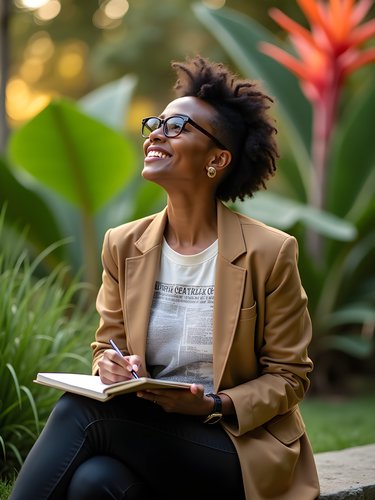

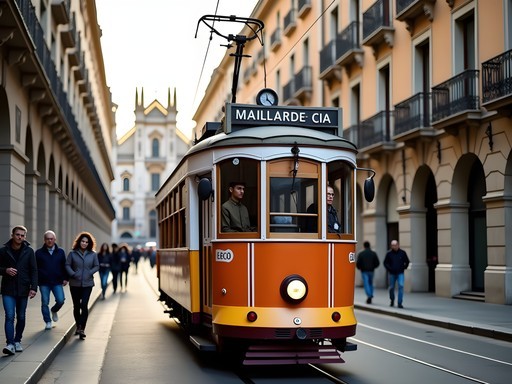

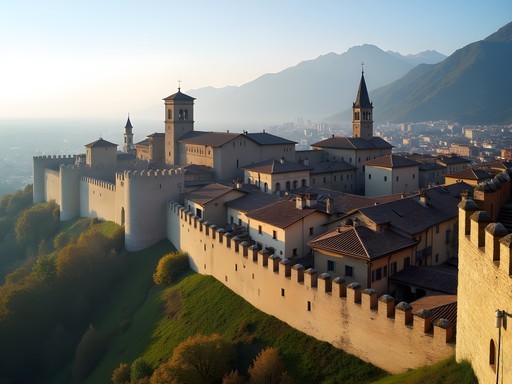




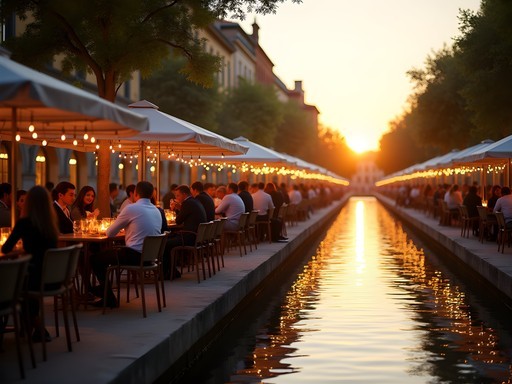
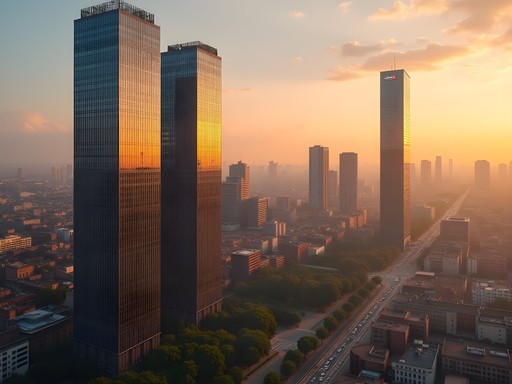





Comments
adventureadventurer
First time going to Milan next month and I'm so nervous about navigating everything! Just downloaded the ATM Milano app after reading this. Anyone used it? Is it reliable for real-time updates? Also thinking about getting a pocket guidebook since my phone battery always dies when I travel 😅
summerqueen
The app worked great for us! Just make sure to download the offline map before you go. And don't stress too much - Milan's metro is way easier than Paris or London!
Jean Wells
Excellent analysis of Milan's transportation layers, Aubrey. I particularly appreciate your observation about the contrast between Milano Centrale's grandiosity and the practical efficiency of the metro system. During my visit last spring, I found the 24-hour urban ticket to be the most economical option for intensive exploration. One addition I might suggest: the PassperTour audio guides make excellent companions for self-guided walks, especially in areas like the Navigli district where the history isn't immediately apparent. The architectural contrasts between Milan's Roman foundations, medieval quarters, and contemporary developments tell a fascinating story of urban evolution that's best appreciated on foot. I've documented some additional walking routes on my blog that complement your excellent suggestions.
Aubrey Perkins
Thanks for the thoughtful comment, Jean! I'll have to check out those PassperTour guides next time I'm there. Your point about the architectural layers is spot on - Milan rewards those who take the time to look beyond the obvious.
moonhero
Heading to Milan next month! How's the accessibility on public transport? My mom has some mobility issues but we still want to explore as much as possible.
Aubrey Perkins
Great question! Most metro stations have elevators but they can be out of service sometimes. The newer M5 line is the most accessible. Trams are hit or miss - the newer models have low floors but the vintage ones don't. I'd recommend staying near M1 or M5 lines for the best accessibility!
moonhero
Thanks so much! That's super helpful. Will look at hotels near those metro lines.
winterzone
Love the photos of those vintage trams! So charming.
summerqueen
Just got back from Milan last week and this guide would have been SO helpful! The metro system was super efficient once we figured it out. We bought the 48-hour passes and they were totally worth it. That day trip to Lake Como you mentioned was the highlight of our trip - the ferry rides between the little towns were magical. Wish I'd known about that walking route through Brera district though!
adventureadventurer
Was Lake Como crowded? Thinking of going in October!
summerqueen
Not too bad in the smaller towns! Bellagio had some tour groups but if you go early it's much better. October should be perfect - fewer tourists and still nice weather.
nomadwalker
Going to Milan next month for the first time! Is the public transport easy to figure out for someone who doesn't speak Italian? Also wondering if the walking tours mentioned are worth it or better to explore on my own?
dreamninja
You'll be fine! All the metro stations have English signs and ticket machines have language options. I'd recommend at least one walking tour to get oriented, then explore on your own.
Casey Andersson
Totally agree with dreamninja! The metro is super intuitive. For walking tours, I did the free one that starts at the Duomo and it was excellent for day one orientation.
nomadwalker
Thanks both! That's really helpful. Will definitely try the free walking tour first day!
Casey Andersson
Aubrey, your description of Milano Centrale as 'that magnificent marriage of fascist monumentalism and Art Deco exuberance' is spot on! I remember standing there last summer, jaw dropped, before figuring out the metro system. For anyone heading to Milan, I'd add that the Navigli district is best explored on foot after sunset - the canal-side aperitivo scene is quintessentially Milanese. I also took the train to Turin for a day (only an hour away!) which offered such a different vibe. I tracked all my adventures with my travel journal which has built-in metro maps and was a lifesaver when my phone died!
dreamninja
Just got back from Milan last week and this guide would've saved me so much confusion! The metro is super efficient once you figure it out, but those yellow trams stole my heart - so vintage and photogenic. We did a day trip to Lake Como that was absolutely worth it. One thing I'd add is that the 24hr tickets are a great deal if you're planning to zip around the city all day.
Aubrey Perkins
Thanks dreamninja! You're right about those vintage trams - they're like moving museums. Did you make it to Bellagio while at Lake Como?
dreamninja
Yes! Bellagio was stunning. Spent half the day just wandering those narrow stepped streets and gawking at the views. Worth every minute of the ferry ride!
Casey Andersson
Absolutely loved your breakdown of Milan's transportation! Having just returned from a week there, I'd add that splurging on a hotel near Milano Centrale is worth every euro if you're planning multiple day trips. The ease of rolling out of bed and being at the station in minutes was incredible. For anyone heading to Milan in winter, the heated trams are a godsend during those foggy January mornings. Also, don't miss the Navigli district at sunset - it's a short tram ride from the center but feels like a completely different city!
Aubrey Perkins
Great point about staying near Centrale for day trips, Casey! And yes, Navigli at sunset is magical - did you try any of the aperitivo spots along the canals?
Casey Andersson
Yes! We loved MAG Café - their negronis were perfect and the canal-side seating was worth the wait. Such a vibrant atmosphere once the sun goes down!
citybackpacker
Just got back from Milan and this guide was a lifesaver! One thing to add - if you're staying for more than 3 days, get the weekly pass instead of daily tickets. Saved us so much money! Also, don't miss the rooftop of the Duomo - we almost skipped it but the views were INCREDIBLE. You can see all the way to the Alps on a clear day!
Venture X
Premium card with 2X miles, $300 travel credit, Priority Pass